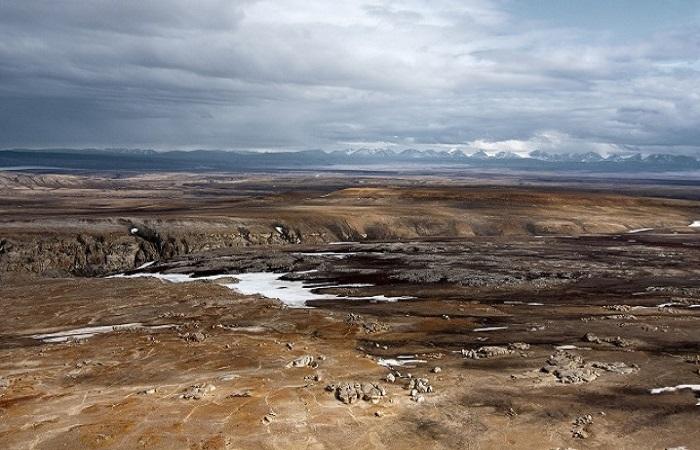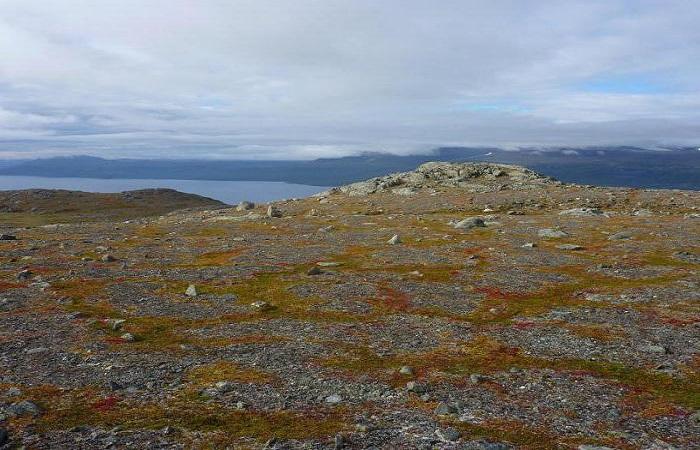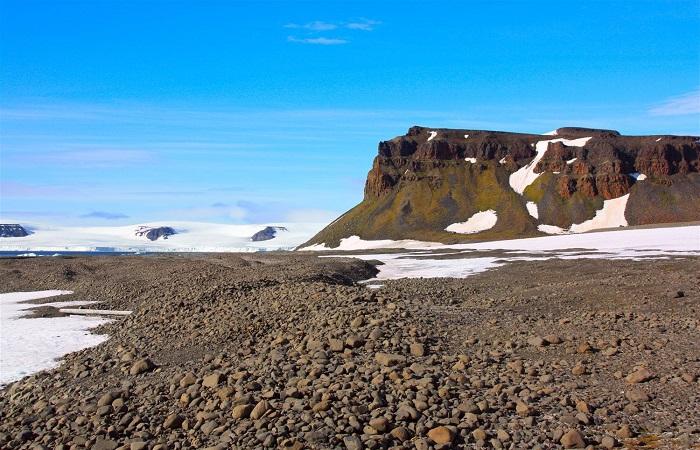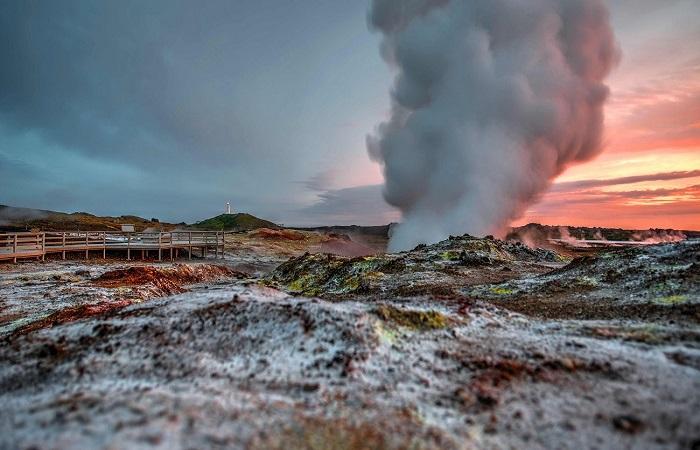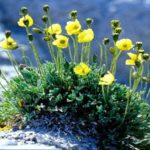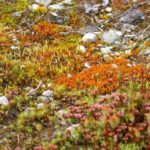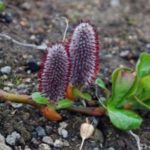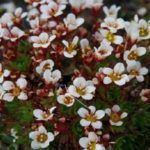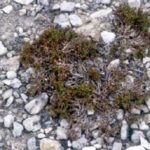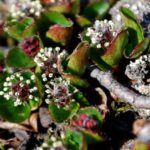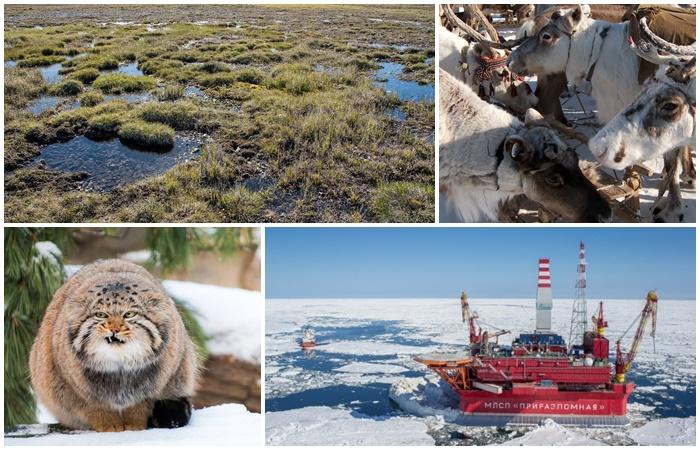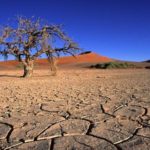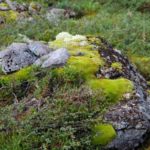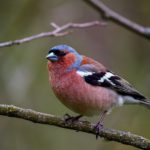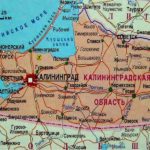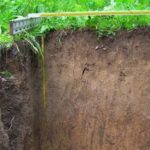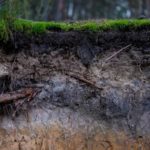The Arctic desert is located in the Arctic Ocean basin. This space is part of the Arctic geographical zone and is considered an unfavorable region for living. The desert area is covered with glaciers, fragments of stones and rubble. The soils of Arctic deserts are characterized by many distinctive features, the main of which is considered to be a low degree of fertility.
general characteristics
The main feature of the natural zone of the Arctic desert is that the soil here remains frozen for most of the year.Permafrost reaches a depth of 600-1000 meters, which creates difficulties with water drainage.
In the summer, the surface of the Arctic zone is covered with lakes of melt water from the upper ground layer. The movement of glaciers provokes the spread of rubble and rocks throughout the entire space of this natural zone.
The Arctic desert is characterized by a very thin soil horizon, which contains a minimum of nutrients and a lot of sand. In warmer areas there are soils that contain some organic matter. Small bushes, algae, mosses and mushrooms can grow in these places. Brown soils are considered one type of such soil. However, they are characterized by a low degree of fertility.
Conditions of education
Polar soils are located in the northernmost climate zone. The formation of such soils occurs in a dry polar climate, which certainly affects their properties.
The main factors of soil formation prevailing in the Arctic deserts include the following:
- Low temperatures. The average annual parameters in this zone are -14...-18 degrees. In winter, temperatures can drop to -60 degrees, and in summer they can rise to +5.
- Minimum precipitation. The average amount of precipitation that falls in this natural area is 50-200 millimeters per year.
- The parent rock is in the form of rubble deposits. They can be marine or glacial. The rock is also formed due to weathering. Its structure is clastic in nature. This is due to the influence of powerful winds and low temperatures. The granulometric composition in this zone is dominated by clay and loam.
- Permafrost. Snow and ice remain on the ground surface all year round. As a result, a layer of ice is formed that never melts.This disrupts moisture drainage.
- Excess moisture on the surface. During a short period of warming, when snow and ice melt, the soil becomes saturated with moisture. This is especially true in lowlands. In this case, there is stagnation of moisture, which leads to the appearance of swampy areas.
- Limited number of plants. The flora in the Arctic soil develops very poorly. It covers only 5-10% of the northern territory and no more than 40-50% of the southern one. Plants are predominantly concentrated near rock cracks. They are also found in loamy areas. At the same time, there are practically no bushes and trees in this area. The vegetation is represented mainly by mosses and lichens.
Common soils of the Arctic
The soil of the Arctic desert has not been sufficiently studied today. However, the available information helps to characterize the main soil types.
Desert
This type of soil has 2 varieties:
- carbonate and saline;
- saturated.
Saturated soils are characterized by the absence of carbonates and easily soluble salts in the upper fragments of the soil profile.
Typical humus
Such soils have a neutral or slightly acidic reaction. They are superior to desert soils in humus content. The formation of a fertile layer occurs under turf areas. In this case, no accumulation of salts is observed.
As for the geographical location, such soils are mainly located in the so-called “Soviet Arctic”.They are typical for the northern regions of Russia, which are located at the highest latitude.
Presence of vegetation
The degree of fertility of such soils is negligible. Therefore, the soils of the Arctic deserts are not used for agricultural purposes. Short and frosty summers do not allow vegetation to fully develop. The only flower found in this area is the polar poppy.
There are no trees here at all. At the same time, rare shrubs are found in the southern Arctic landscapes. They can reach 2 meters in height.
In total, there are about 350 plants in this natural area. The stones are covered with mosses and lichens of various types. They make up a kind of natural litter. It is these plants that reindeer mainly feed on.
The high-latitude Arctic is characterized by less severe winters. That’s why arctic buttercups, forget-me-nots, and snow saxifrages are found in this region. Some varieties of sedge can also be seen. All plants that are present in this climatic zone are characterized by short stature. The flora is based on creeping vegetation with undeveloped roots that are weakly immersed in the ground.
In the short summer, brown-red spots appear through the snow cover. These are small blue-green algae that begin to grow under the snow layer. There are approximately 150 species of such plants in the Arctic desert. Some of them are of commercial importance.
At an altitude of more than 100 meters above ocean level there is practically no vegetation. 75-95% of the territory is completely bare.
Use of Arctic soils
The soils of this region are not suitable for agricultural use. The Arctic desert is characterized by a harsh climate, a small layer of humus and permafrost. Therefore, it is not possible to grow cultivated plants in this natural area.
The region is primarily used as follows:
- feeding grounds - in the Arctic zone there is a lot of food for deer;
- hunting grounds;
- mining sites;
- reservations for the conservation of rare animals - these include, in particular, polar bears and musk oxen.
However, the situation may be significantly affected by global warming. The melting of snow and ice in this area can change the composition and structure of the soil, which will certainly affect its characteristics. As a result, large areas may become available for agricultural development.
The soils of the Arctic deserts are considered infertile. This region is characterized by very harsh climatic conditions that do not allow cultivated plants to develop. Therefore, this type of soil is not suitable for agriculture.

